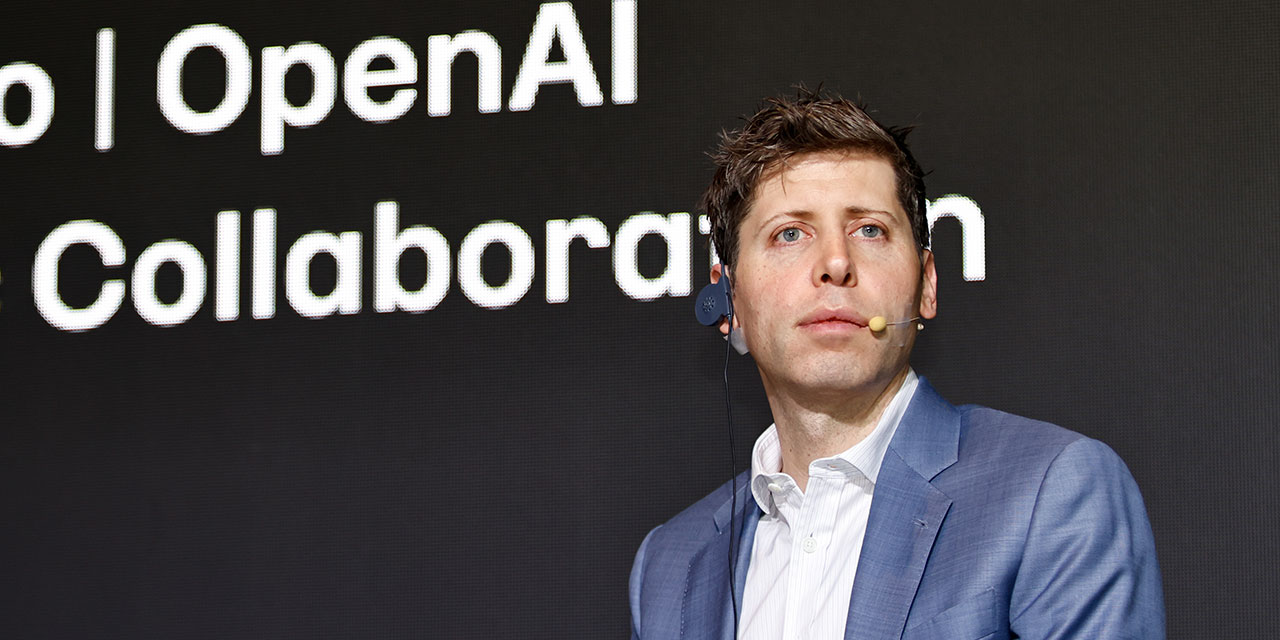
“Tens of millions of dollars.” That’s how much Sam Altman, CEO of Open AI, says users are costing his company by using extra words for politeness like “please” and “thank you” when interacting with the artificial intelligence chatbot ChatGPT. Altman’s admission called attention to the elephant in the AI room: the technology will require massive, rapidly growing amounts of electricity to continue to mature.
American companies will have to address this energy problem in two ways: more efficient AI technologies, and innovations in the energy sector to provide ample, cheap electricity for future AI demand growth. To assist them, policymakers should reject the familiar path of subsidies and central planning, choosing instead to clear regulatory bottlenecks and let market incentives drive energy breakthroughs—an approach that history shows delivers lasting results.
Finally, a reason to check your email.
Sign up for our free newsletter today.
AI is in its infancy. Its energy costs, while growing, remain manageable. But as the technology advances, companies will face a cost and resource ceiling. For example, creating an image using today’s AI models requires more than five times the electricity needed for simple text generation—and as much electricity as fully charging a cell phone.
Demand will only grow. A new report by the International Energy Agency finds that 50 percent of United States electricity consumption growth by 2030 will come from AI demand. The sector will demand more electricity than U.S. manufacturing for all energy-intensive goods—like aluminum, steel, cement, and chemicals—combined. Data centers could consume 9 percent of all U.S. electricity generation by 2030.
In April, representatives of major AI tech companies warned the House Committee on Energy and Commerce that a lack of energy infrastructure, especially for generation and transmission, threatens to stunt AI’s growth. Former Google CEO Eric Schmidt called AI “inherently power-hungry,” stating bluntly that America needs “energy in all forms, renewable, non-renewable, whatever. It needs to be there, and it needs to be there quickly.”
The traditional government approach to this problem would be massive subsidies for data centers and the utilities fueling them. But history shows that this approach to energy development will fail. For example, the government’s heavy subsidization of nuclear power in the mid-twentieth century crippled commercialization. As a result, the U.S. went more than 30 years without building a new nuclear power plant.
In contrast, the U.S. deregulated natural gas markets in the 1980s, motivating entrepreneurs to invest in and develop new energy technologies. The market worked its magic, and innovations like hydraulic fracturing and horizontal drilling revolutionized the American energy portfolio. Today, the United States is a world leader in natural gas extraction, and Americans benefit from a seemingly endless supply of cheap energy. Due to its low cost, natural gas went from fueling 20 percent of domestic electricity generation in the 1980s to 40 percent today.
Subsidies also don’t do much to make energy more environmentally friendly. The subsidies that have artificially propped up the renewables market have had only a marginal impact on reducing carbon emissions, while the shift from coal to natural gas for electricity generation has reduced emissions in the sector by 40 percent since 2005.
Unfortunately, President Joe Biden chose to subsidize new energy development, largely in the form of the misnamed Inflation Reduction Act. But President Donald Trump has chosen a different path. His April 9 executive order, “Zero-Based Regulatory Budgeting to Unleash American Energy,” seeks to undo the regulatory overreach that constricts energy growth.
To be sure, implementation of this agenda will be key. But the administration has also shown interest in opening the door for new energy technologies, from small modular nuclear reactors and fusion to advanced geothermal and other moonshot ideas.
To make AI more energy efficient, the U.S. must also foster an environment that promotes innovation. China’s DeepSeek shocked both Silicon Valley and Wall Street in early 2025 when it released a more efficient, less capital-intensive AI model. To compete with China, American companies will need to produce models that deliver quality results while using less energy and computing power.
To win against China’s model of state-driven economic and technological growth, the U.S. government should give AI companies free rein to innovate and experiment. This regulation-light, subsidy-light environment will ensure that America remains the global leader in AI technology.
Photo by Chris Jung/NurPhoto via Getty Images
City Journal is a publication of the Manhattan Institute for Policy Research (MI), a leading free-market think tank. Are you interested in supporting the magazine? As a 501(c)(3) nonprofit, donations in support of MI and City Journal are fully tax-deductible as provided by law (EIN #13-2912529).
Source link
















